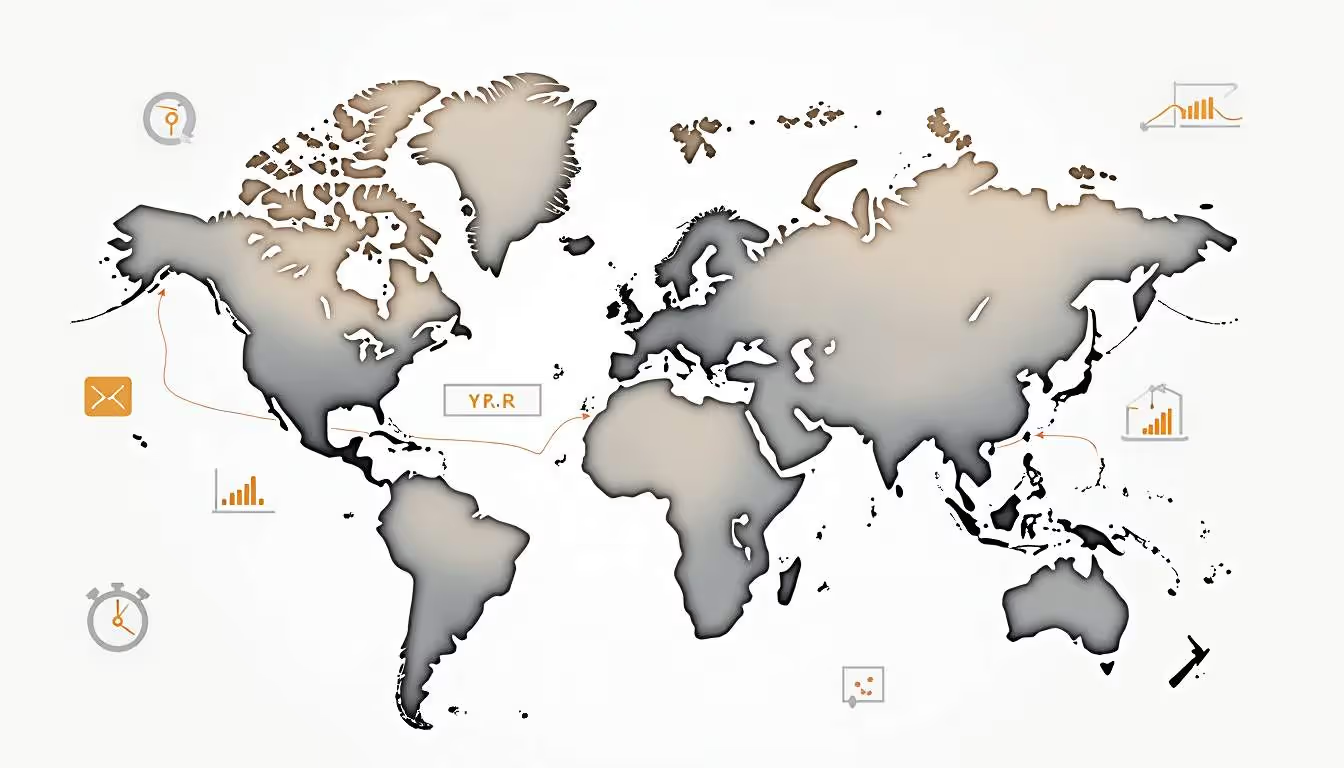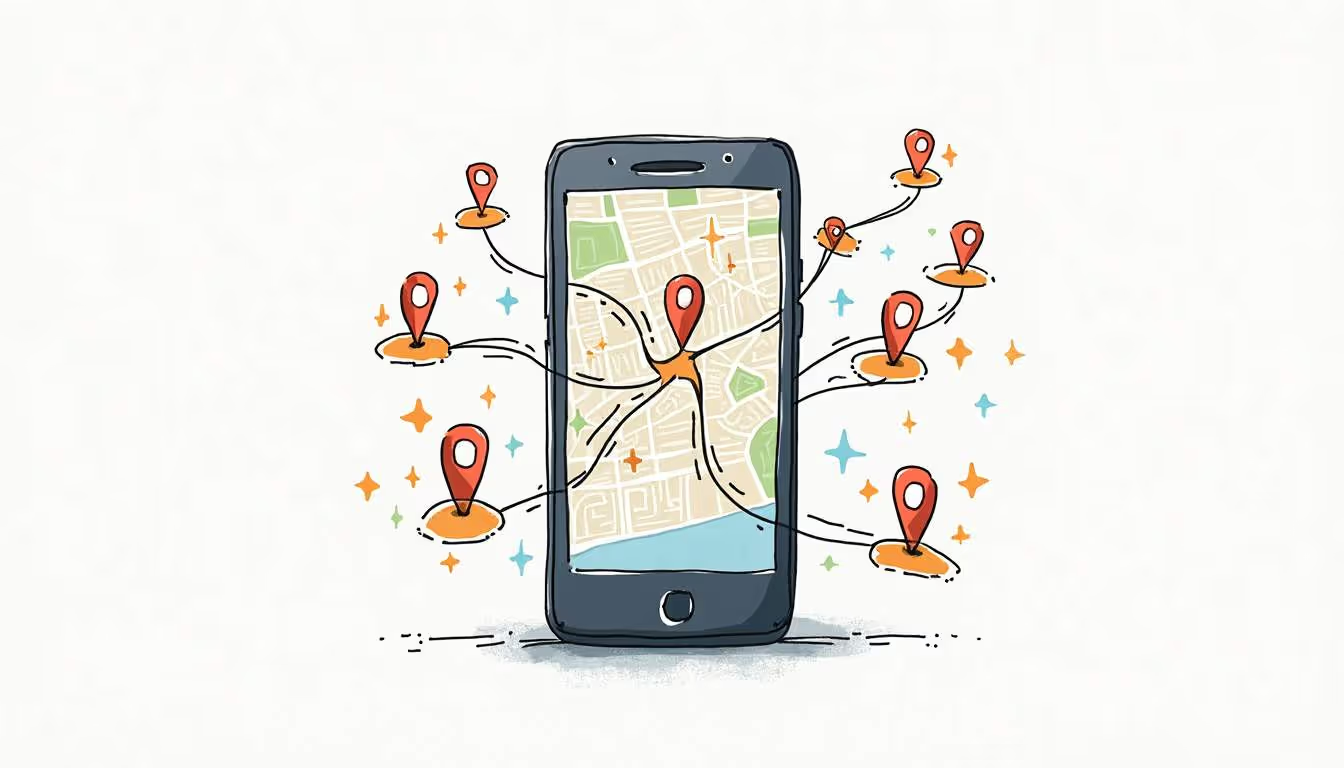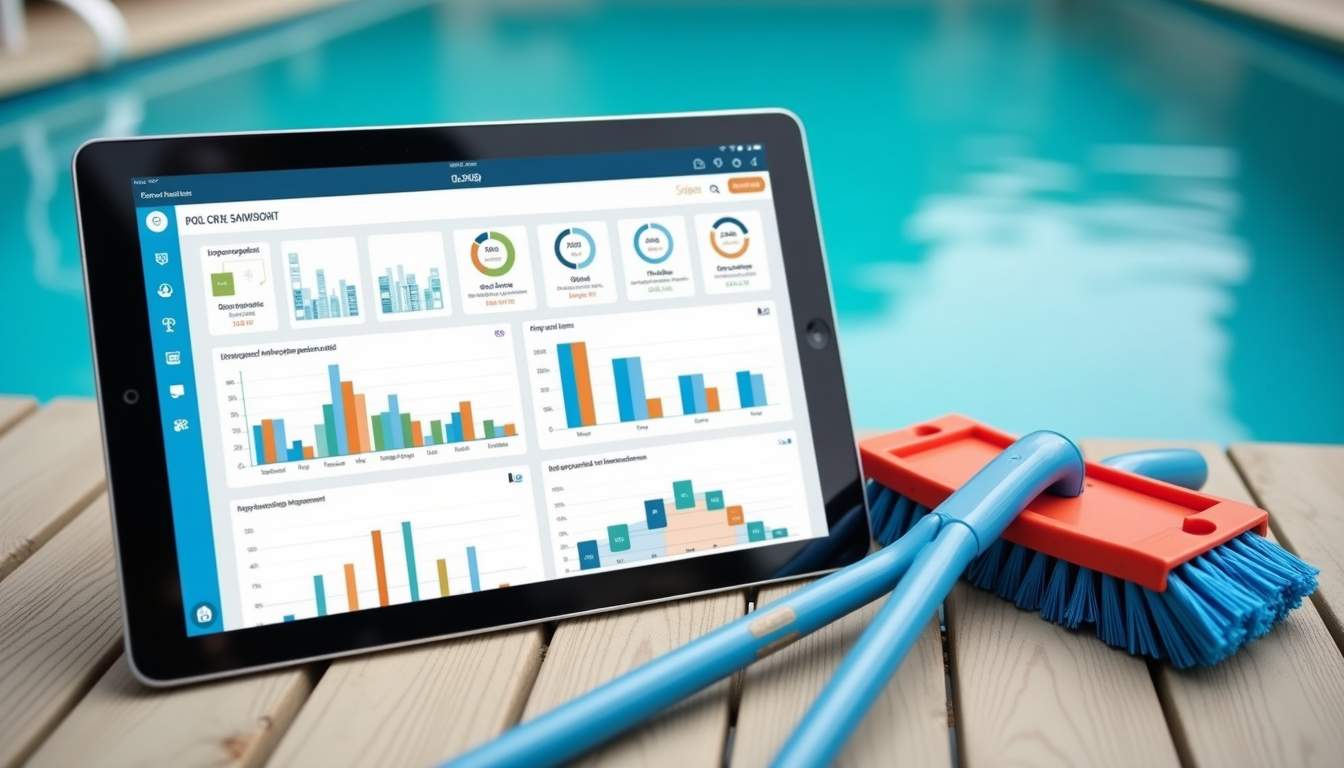Maximizing Success: Tracking Technician Productivity and Route Efficiency
In the fast-paced world of service companies, maximizing technician productivity and optimizing route efficiency are critical drivers of operational success. With increasing customer expectations and tighter margins, businesses must leverage cutting-edge tools and strategies to stay competitive. This article explores how modern time management solutions, route optimization software, AI integration, and employee engagement techniques can transform field service operations, delivering measurable improvements in productivity and customer satisfaction.
The Importance of Tracking Technician Productivity
Technician productivity is the backbone of any service-oriented business. When technicians efficiently manage their time and tasks, companies can complete more jobs, reduce costs, and improve customer experiences. However, without accurate tracking and insight, it’s challenging to identify bottlenecks, inefficiencies, or areas for improvement.

Traditional methods of tracking productivity, such as manual timesheets or paper logs, are prone to errors and delays. Modern time management and productivity tracking tools offer real-time data capture, automated reporting, and actionable insights that empower both technicians and managers.
Leveraging Time Management and Productivity Tools
In 2025, a variety of sophisticated time tracking applications have emerged to help service companies enhance technician productivity. Tools like Clockify provide free, easy-to-use time tracking and timesheet management, enabling teams to monitor project progress and individual performance seamlessly. For businesses seeking a more focused approach, FocusBooster encourages work in concentrated intervals, balancing productivity with necessary breaks to prevent burnout.
For larger teams or companies with complex workflows, platforms such as HubStaff and Harvest offer comprehensive features including GPS tracking, team scheduling, invoicing, and integration with popular project management software. These tools automate time capture, reduce manual entry errors, and provide managers with detailed reports on technician activities, helping to identify inefficiencies and optimize resource allocation. Moreover, the integration of these tools with mobile devices allows technicians to log their time and tasks on-the-go, ensuring that no minute is unaccounted for, thus enhancing accountability and performance tracking.
Why Accurate Time Tracking Matters
Accurate time tracking is not just about accountability; it’s a strategic asset. By understanding how technicians allocate their time across tasks, companies can streamline workflows, identify training needs, and improve job scheduling. Furthermore, precise time data supports transparent billing and client reporting, fostering trust and professionalism. This level of transparency can significantly enhance client relationships, as customers appreciate being informed about where their money is going and how long tasks are taking. Additionally, businesses can leverage this data to analyze trends over time, allowing them to make informed decisions about staffing, resource allocation, and even pricing strategies.
Moreover, the insights gained from accurate time tracking can lead to a culture of continuous improvement within the organization. When technicians see how their productivity affects the overall success of the business, it can motivate them to adopt best practices and strive for higher efficiency. Regular reviews of productivity data can also facilitate constructive feedback sessions, where managers can recognize high performers and address any challenges faced by the team. This proactive approach not only boosts morale but also encourages a collaborative environment where everyone is invested in the success of the company.
Optimizing Routes for Maximum Efficiency
Route optimization is another critical factor influencing technician productivity. Inefficient routing leads to wasted fuel, increased vehicle wear, longer job completion times, and ultimately, dissatisfied customers. The good news is that advanced route optimization software has evolved dramatically, offering real-time, data-driven solutions that transform fleet management.

Top Route Optimization Solutions in 2025
Several industry-leading platforms stand out for their capabilities in enhancing route efficiency. One Step GPS provides real-time vehicle tracking, safety alerts, and geofencing features through an intuitive interface, enabling dispatchers to monitor and adjust routes dynamically. For companies requiring a scalable and globally accessible solution, GPSWOX offers extensive asset support and real-time fuel consumption data, helping reduce operational costs.
Geotab excels in safety and compliance, with features like trip logging and accident detection that not only optimize routes but also enhance driver safety. For businesses transporting sensitive cargo, GPS Trackit integrates temperature monitoring alongside Google Maps, ensuring both route efficiency and cargo integrity. Meanwhile, US Fleet Tracking and Samsara provide diverse hardware options and comprehensive fleet management tools, including dash cams and document digitization, to support a wide range of operational needs.
The Impact of Route Optimization on Business Outcomes
Implementing route optimization software can lead to substantial cost savings and productivity gains. By minimizing travel time and distance, technicians can complete more service calls per day, reducing overtime and fuel expenses. Additionally, optimized routes improve punctuality, enhancing customer satisfaction and brand reputation.
Furthermore, the integration of artificial intelligence in route optimization tools allows for predictive analytics, which can foresee traffic patterns and potential delays based on historical data. This proactive approach enables businesses to adjust routes before issues arise, ensuring that technicians are always on the most efficient path. Moreover, many of these solutions offer detailed reporting features that help managers analyze performance metrics, identify bottlenecks, and make informed decisions to further streamline operations.
In addition to operational benefits, route optimization can also have a positive environmental impact. By reducing unnecessary fuel consumption and emissions, companies not only save on costs but also contribute to sustainability efforts. Many organizations are now prioritizing eco-friendly practices, and efficient routing plays a crucial role in minimizing their carbon footprint. As businesses increasingly recognize the importance of corporate social responsibility, adopting advanced route optimization technologies aligns with their goals of creating a greener future while maintaining profitability.
Harnessing AI and Automation for Smarter Operations
The integration of artificial intelligence (AI) and automation is revolutionizing how service companies track productivity and plan routes. AI-powered tools analyze historical and real-time data to predict task durations, identify inefficiencies, and recommend scheduling adjustments that maximize technician output. This transformation not only enhances operational efficiency but also significantly improves customer satisfaction, as services can be delivered more promptly and effectively.
AI-Driven Time Tracking and Scheduling
Modern time tracking software increasingly incorporates AI to automate time capture, eliminating the need for manual entries and reducing human error. This not only saves time but also provides more accurate data for decision-making. Platforms equipped with AI can forecast how long specific tasks will take based on past performance, enabling dispatchers to create realistic schedules that prevent technician overload and improve job completion rates. Furthermore, these systems can learn from ongoing operations, continuously refining their predictions and adapting to new patterns of work, which ultimately leads to a more streamlined workflow and better resource allocation.
Automated Route Planning and Dynamic Adjustments
AI also enhances route optimization by continuously analyzing traffic patterns, weather conditions, and job priorities to adjust routes in real-time. This dynamic routing ensures that technicians avoid delays and respond swiftly to urgent service requests. The result is a more agile and responsive field service operation that adapts to changing conditions without sacrificing efficiency. Additionally, by integrating customer feedback and service history into the routing algorithms, AI can prioritize jobs based on urgency and customer preferences, further enhancing the service experience. As a result, companies can not only improve their operational metrics but also build stronger relationships with their clients by consistently meeting or exceeding expectations.
Predictive Maintenance and Resource Management
Another significant advantage of AI in service operations is its ability to facilitate predictive maintenance. By analyzing data from equipment sensors and historical maintenance records, AI can predict when a piece of equipment is likely to fail or require servicing. This proactive approach allows companies to schedule maintenance before issues arise, reducing downtime and extending the lifespan of their assets. Moreover, integrating AI with inventory management systems enables organizations to maintain optimal stock levels, ensuring that technicians have the necessary parts on hand without overstocking, which can tie up valuable resources.
Enhanced Customer Engagement through AI
AI's role extends beyond operational efficiency; it also enhances customer engagement. Chatbots and virtual assistants powered by AI can handle routine inquiries, schedule appointments, and provide real-time updates to customers regarding their service requests. This not only frees up human agents to tackle more complex issues but also ensures that customers receive timely information, fostering a sense of transparency and trust. By leveraging AI to personalize communications and tailor services to individual customer needs, companies can create a more engaging and satisfying customer experience, ultimately leading to higher retention rates and increased loyalty.
Enhancing Mobility and Flexibility with Mobile Solutions
Field technicians require tools that keep pace with their mobile work environment. Time tracking and route optimization platforms now offer robust mobile applications that allow technicians to manage their schedules, track time, and access route information from smartphones or tablets.

This mobile accessibility ensures that technicians have up-to-date information at their fingertips, regardless of location. Real-time updates facilitate better communication between field staff and dispatchers, reduce paperwork, and enable immediate reporting of job status or issues.
Boosting Engagement Through Gamification
Engaged employees are more productive employees. Incorporating gamification elements into productivity tracking tools is an innovative way to motivate technicians and foster a positive work culture.
Gamification Strategies in Service Management
Platforms like Engagedly and Kudos introduce game-like features such as leaderboards, skill development tournaments, and peer recognition programs. These elements encourage healthy competition, celebrate achievements, and promote continuous learning. By making productivity tracking interactive and rewarding, companies can increase technician motivation and reduce turnover.
Why Gamification Matters
Gamification taps into intrinsic motivators such as achievement, recognition, and social connection. When technicians feel valued and see tangible progress, they are more likely to take ownership of their performance and strive for excellence. This cultural shift can lead to sustained productivity improvements and a more engaged workforce.
Conclusion: Integrating Tools and Strategies for Operational Excellence
Maximizing technician productivity and route efficiency requires a holistic approach that combines advanced technology with thoughtful management practices. By adopting modern time management and route optimization tools, leveraging AI and automation, enabling mobile flexibility, and fostering employee engagement through gamification, service companies can unlock significant operational gains.
As the service industry continues to evolve, staying ahead means embracing innovation and continuously refining processes. The right combination of software platforms and strategic initiatives not only boosts productivity but also enhances customer satisfaction, reduces costs, and positions businesses for long-term success.
Investing in these solutions today prepares service companies to meet the challenges of tomorrow with confidence and agility.








